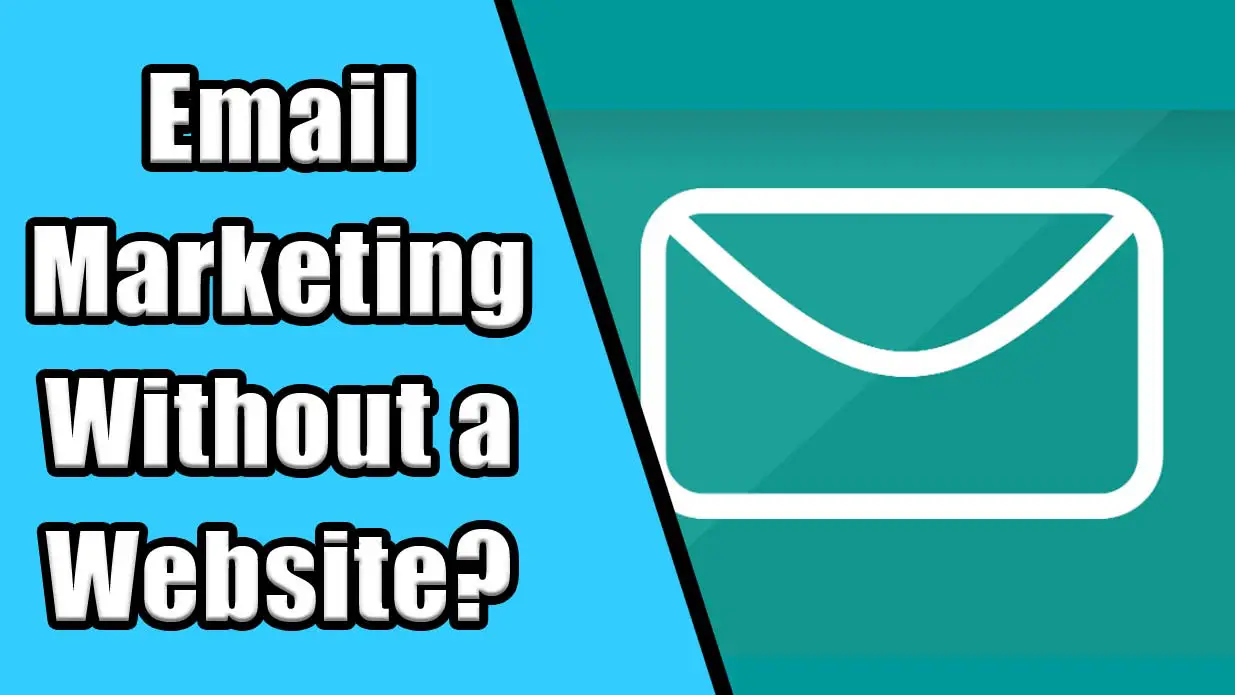What Is Cold Email Marketing & How Does It Work? [2025]
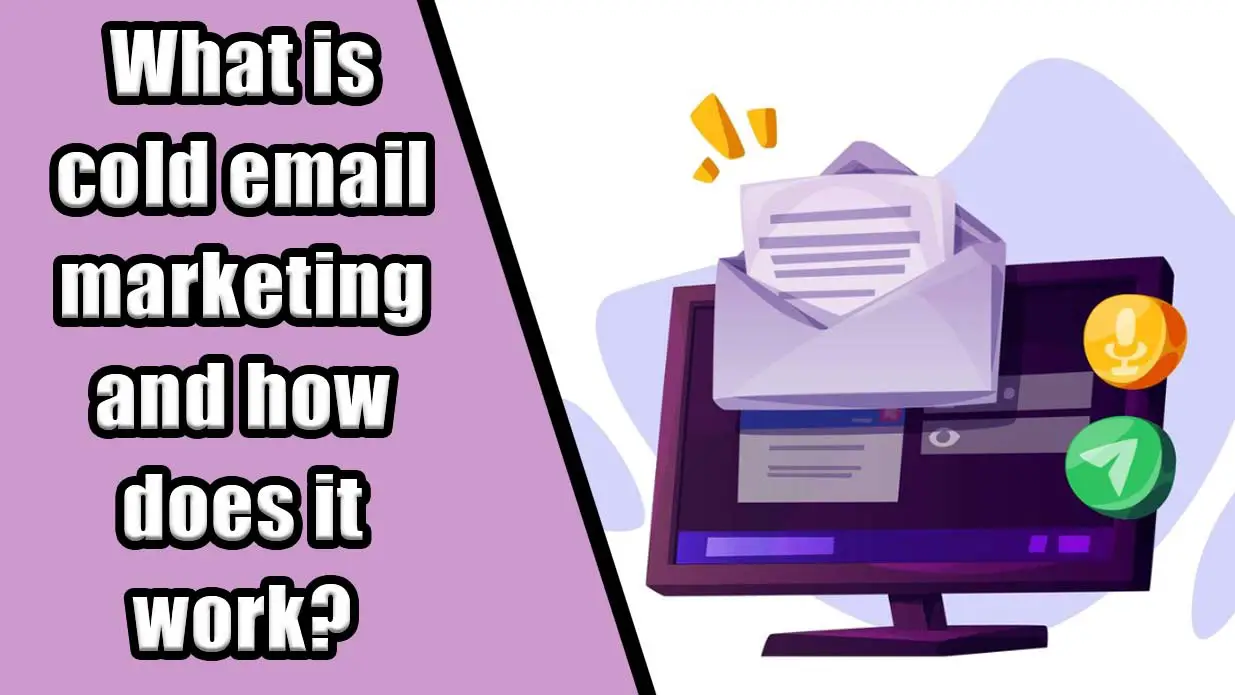
Cold email marketing can be a game changer for your business. You send a friendly email to a stranger. They become interested in your offer. I’m CPA Bisho Jit, an internet marketer and entrepreneur. I want to show you how cold emails can help you connect with new clients.
In this guide, I’ll show you what cold email marketing is, how it works, and tips to make it work for you. Let’s get started!
What is Cold Email Marketing?
Cold email marketing is when you reach out to people who don’t know your business yet. You send them a friendly email to introduce yourself and your products or services. The goal is to spark their interest and start a conversation. Unlike spam, cold emails are targeted and personalized, making them more effective. They help you build relationships and can lead to new clients. Simply put, it’s a way to connect with potential customers and share what you have to offer!
How Does Cold Email Marketing Work?
Cold email marketing aims to connect with potential customers who don’t know your brand. It uses a structured approach. Here’s a detailed look at the steps involved in making your cold email campaigns successful.
Step 1: Setting Up Your Cold Email Infrastructure
The first step is to create a solid foundation for your cold emailing efforts. You must choose the right email service provider (ESP). It should let you send bulk emails with a low risk of being flagged as spam. Traditional email services like Gmail and Outlook can work. But, using dedicated platforms like Mailshake, Lemlist, or Woodpecker is better. They have features for cold emailing, like automation, tracking, and analytics.
- Domain Reputation: Use a custom domain that matches your business name. A professional email address (like [email protected]) adds credibility. I’ve seen that emails sent from custom domains have higher open rates compared to generic ones.
- Warm-Up Your Domain: Before sending large volumes of cold emails, warm up your domain by gradually increasing the number of emails sent. This helps improve your domain’s reputation and deliverability.
- Email Tracking: Choose a service that offers email tracking. Knowing when recipients open your emails allows you to time your follow-ups effectively.
Step 2: Identifying Your Target Audience
Identifying your target audience is one of the most crucial steps in cold email marketing. A clear audience helps create personalized emails. It also boosts engagement.
- Create Buyer Personas: Develop detailed profiles of your ideal customers. Consider their demographics, job titles, industries, pain points, and what solutions they might be looking for. For example, when targeting tech startups, focus on founders and decision-makers in the tech industry.
- Research: Use LinkedIn, niche forums, and social media to learn about your leads. Tools like Hunter.io can help you find verified email addresses associated with specific companies.
- List Building: Once you have a clear understanding of your audience, compile a list of leads that fit your criteria. This list will serve as your target for outreach.
Useful Tip
Personalization is key to a successful cold email campaign. Using recipients’ names and details about their business shows you care and have done your homework. This level of personalization can significantly increase response rates. For instance, I once landed a meeting by mentioning a recent achievement of a prospect’s company in my email.
Step 3: Building and Verifying Your Lead List
Building a lead list is a crucial part of cold email marketing. You want to ensure that the people you’re reaching out to are relevant and likely to be interested in what you offer. Start by gathering leads from LinkedIn, networking events, and forums.
Verification is Key
Once you have a list, it’s essential to verify the email addresses to ensure they’re valid. Tools like Hunter.io, NeverBounce, or ZeroBounce can help. They can find invalid or inactive email addresses. Sending emails to unverified addresses can hurt your sender reputation, leading to more of your emails ending up in spam folders.
Pro Tip: I’ve found that even small, well-targeted lists can yield better results than larger lists of unqualified leads. Focus on quality over quantity!
Step 4: Crafting the Perfect Cold Email
Now that you have your list, it’s time to craft the perfect cold email. The goal is to grab the recipient’s attention and prompt action. That could be a reply, a call, or a website visit.
- Compelling Subject Line: Your subject line is the first thing recipients will see. Keep it short, intriguing, and relevant. For example, “Quick Question About Your Marketing Strategy” can spark curiosity.
- Personalized Greeting: Always address the recipient by their first name. It sets a friendly tone and shows you’re reaching out specifically to them.
- Engaging Opening: Start with a line that connects with the recipient. Mention something relevant to their business or acknowledge a recent achievement. This shows you’ve done your research.
- Value Proposition: Clearly explain what you can offer. Focus on how your product or service can solve their problems or improve their situation. Be concise and specific.
- Call to Action (CTA): End with a clear, actionable request. It could be asking for a meeting, a reply to the email, or directing them to a resource. Make it easy for them to take the next step.
Example Structure:
- Subject: “Quick Question About Your Marketing Strategy”
- Greeting: “Hi [Name],”
- Opening: “I noticed your recent campaign on social media—great work!”
- Value Proposition: “I help businesses like yours boost engagement with targeted strategies.””
- CTA: “Would you be open to a quick call next week?”
Step 5: Setting Up and Sending Your Cold Email Sequence
After crafting your email, it’s time to set up and send your cold email sequence. A sequence allows you to follow up with prospects who don’t respond to your initial outreach.
- Plan Your Sequence: Typically, a good sequence includes an initial email followed by two or three follow-ups spaced a few days apart. This keeps you on their radar without overwhelming them.
- Automate Follow-Ups: Use tools like Mailshake or Lemlist to automate your email sequence. This ensures that follow-ups are sent timely without requiring you to manually send each one.
- Monitor Responses: Track how recipients are interacting with your emails. If someone replies, adjust your follow-up strategy accordingly. For example, if they express interest, offer a time for a call rather than sending another follow-up email.
- Refine Your Approach: Not every email sequence will work perfectly. Analyze the response rates for different emails and refine your approach based on what resonates with your audience.
In my experience, follow-up emails are where most of the action happens. Don’t be afraid to reach out again, as many potential clients may need a gentle nudge to respond. A simple, friendly reminder can often lead to meaningful conversations!
Step 6: Analyzing Your Campaign Performance
Analyzing your campaign performance is essential to understand what’s working and what isn’t. After sending out your cold emails, take the time to evaluate their effectiveness.
- Open Rate: This shows how many people opened your emails. A low open rate might indicate that your subject line needs improvement. Aim for at least a 20-30% open rate, which is considered good in the industry.
- Response Rate: This metric tells you how many recipients replied to your emails. A low response rate could suggest that your emails are not resonating with your audience or that your value proposition isn’t clear.
- Click-Through Rate (CTR): If you include links in your emails, track how many people clicked on them. A high CTR indicates that your content is engaging and relevant.
- Unsubscribe Rate: Keep an eye on how many people opt out after receiving your emails. If this number is high, it may indicate that you need to refine your audience targeting or adjust your messaging.
- Bounce Rate: Monitor the bounce rate to ensure your email addresses are valid. A high bounce rate can harm your sender reputation, making it harder for future emails to land in inboxes.
I’ve learned that, by reviewing these metrics, I can adapt my strategies. For instance, after noticing a low response rate on one campaign, I switched up my email content and saw a significant increase in replies. Adjusting based on feedback and performance data is key to improving your cold email marketing efforts.
Cold Email Marketing vs. Email Marketing: What’s the Difference?
Cold email marketing and traditional email marketing seem similar. But, they have different purposes and target different audiences.
Cold Email Marketing targets people or businesses that have not engaged with your brand. The main goal is to introduce your services or products, build relationships, and generate leads. Cold emails are often personalized and sent in smaller batches to ensure relevance.
Email Marketing, on the other hand, means sending emails to existing contacts. These are customers or subscribers who opted in to receive your messages. This marketing aims to nurture relationships, promote products, and inform customers. It often includes newsletters, promotional offers, and updates.
It’s crucial to know the difference between these two approaches. It will help you create effective marketing strategies for your audience.
Is Cold Emailing Legal?
Yes, cold emailing is legal, but it’s essential to follow specific regulations to ensure compliance. In the United States, the CAN-SPAM Act outlines the rules for commercial emails, including cold emails. Here are a few key points to keep in mind:
- Identify Yourself: Your email must clearly identify you or your organization. Use your business name in the “From” line to avoid confusion.
- Provide a Physical Address: Include a physical mailing address in your emails. This not only complies with regulations but also adds credibility to your outreach.
- Opt-Out Option: Always provide a way for recipients to opt out of future emails. Honor their requests promptly and ensure that they won’t receive further emails from you.
- Avoid Deceptive Practices: Your subject line and content must truthfully represent your email’s purpose. Misleading subject lines can lead to complaints and damage your reputation.
Benefits of Cold Email Marketing
Cold email marketing offers several benefits that can significantly impact your business growth:
- Cost-Effective: Unlike traditional advertising methods, cold emailing is relatively inexpensive. You can reach a large audience without hefty marketing budgets.
- Scalability: You can easily scale your cold email campaigns. With the right tools, you can send hundreds or even thousands of emails in a short time, reaching a wider audience.
- Targeted Outreach: Cold emails let you target specific individuals or businesses. They are more likely to benefit from your product or service. This personalized approach can lead to higher conversion rates.
- Relationship Building: Cold emails aim to generate leads. They also start building relationships with potential clients. A well-crafted email can initiate a conversation and lead to valuable connections.
- Measurable Results: With tools to track opens, clicks, and responses, you can easily measure the success of your campaigns. This data helps you refine your strategy and improve future outreach efforts.
Cold Emailing Best Practices
To make the most out of your cold email campaigns, follow these best practices:
- Personalize Your Emails: Use the recipient’s name and a relevant business detail. This shows that you care and have done your homework.
- Keep It Short and Clear: People are busy, so get to the point quickly. Use simple language and avoid jargon. Make your value proposition clear in the first few sentences.
- Use a Strong Subject Line: Your subject line should be catchy but also relevant. It should entice the recipient to open the email without being misleading.
- Follow Up: Don’t hesitate to send follow-up emails if you don’t get a response. Sometimes, a gentle reminder can prompt a reply.
- Test and Optimize: Experiment with different subject lines, email lengths, and content styles. Monitor your campaign performance and make adjustments based on what works best.
Cold Email Tools to Boost Your Campaigns
Utilizing the right cold email software can enhance your cold email marketing efforts. Here are some useful tools to consider:
- Mailshake: This tool makes it easy to send personalized cold emails and automate follow-ups. It also provides analytics to track performance.
- Lemlist is known for its personalization features. It lets you send attractive emails with images and videos, boosting engagement.
- Hunter.io: It finds and verifies email addresses. Use it to build a targeted lead list and ensure your emails reach valid addresses.
- Yesware: This tool integrates with your email. It tracks who opened your emails and clicked links.
- Woodpecker automates cold email outreach and follow-ups. It helps manage multiple campaigns and provides performance metrics.
Conclusion
In summary, cold email marketing is a powerful tool for reaching potential clients and generating leads.
- Setting up a solid email infrastructure.
- Identifying your target audience.
- Crafting personalized messages.
- Analyzing your campaign performance.
Following best practices and using the right tools can further enhance your efforts. With dedication and a smart approach, cold email marketing can connect people and grow businesses in 2024 and beyond.

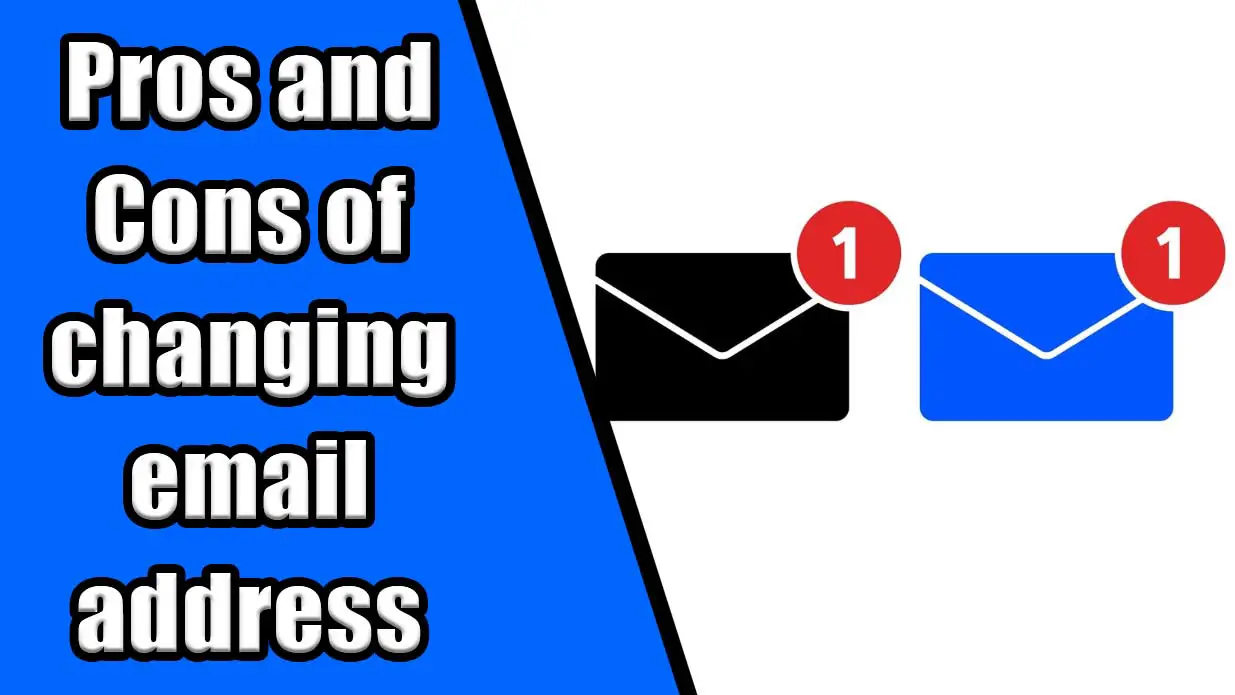
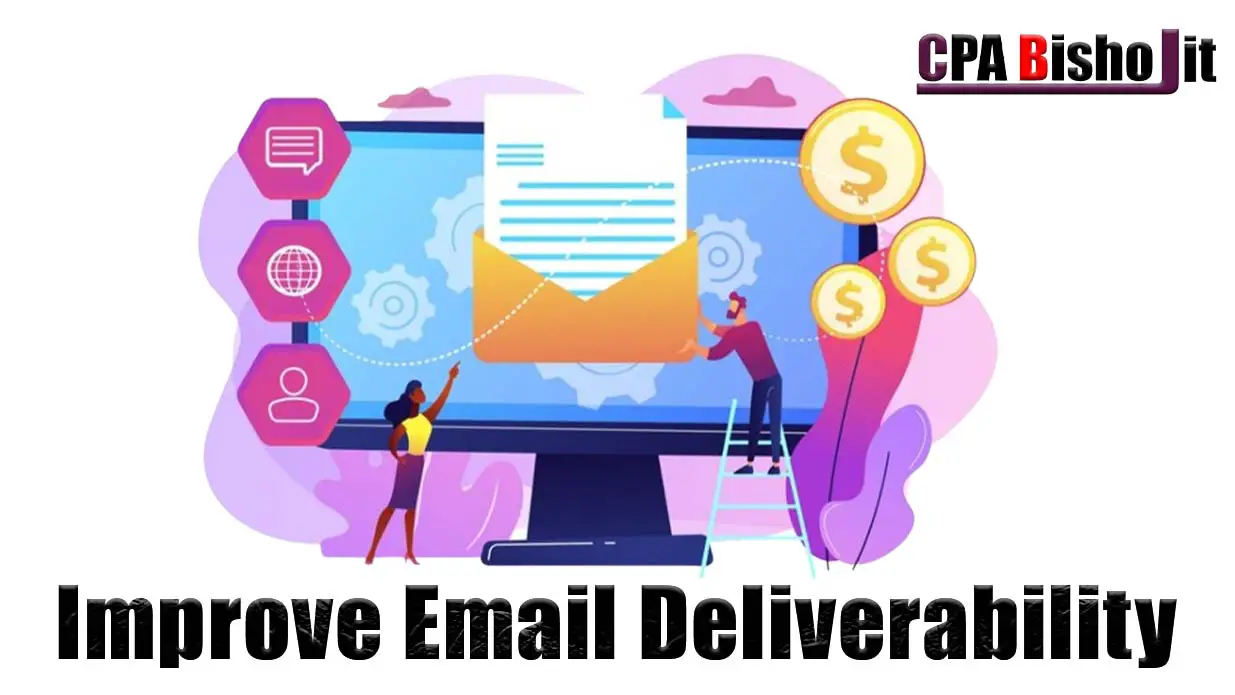
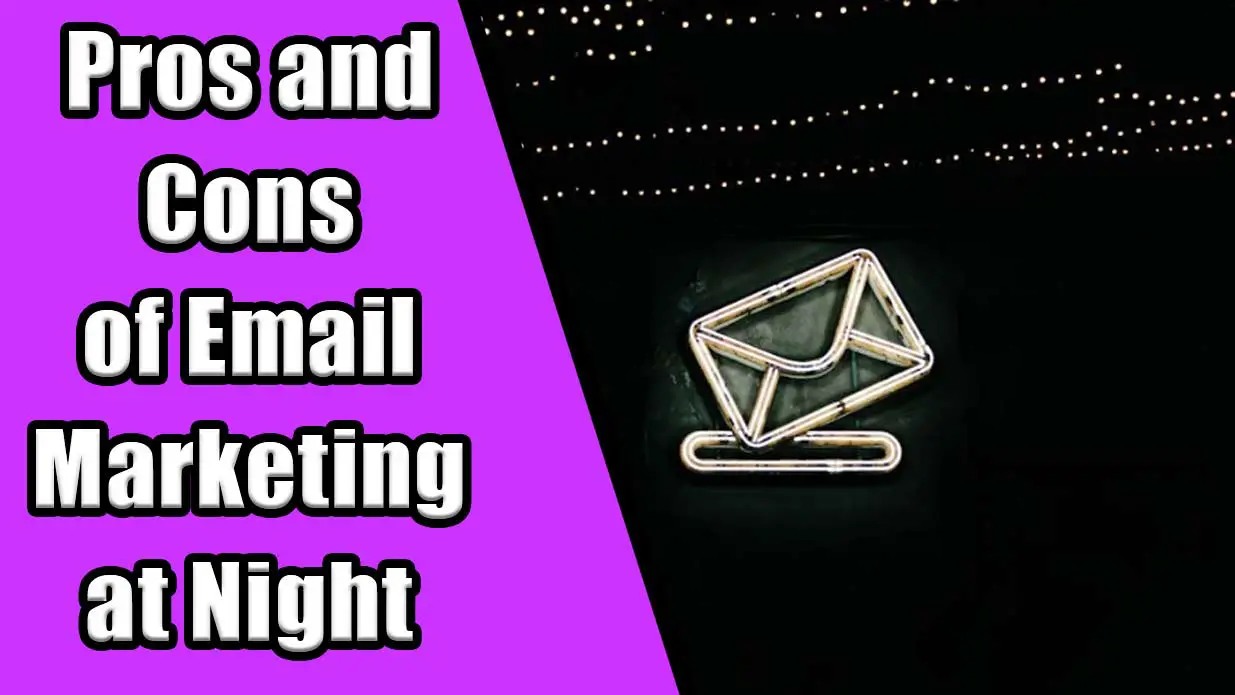

![Email Marketing for Small Business Complete Guide & Full Strategies [2025]](https://cpabishojit.com/wp-content/uploads/2024/10/Email-Marketing-for-Small-Business-Complete-Guide.jpg)
